The Lockheed L-1649 Starliner was a long-range piston airliner powered by four Wright R-3350 Duplex-Cyclone engines. It was the final version of the beloved Lockheed Constellation, capable of non-stop flights from the US west coast to Europe.
First flight took place on 10 October 1956 and it entered service with Trans World Airlines on 1 June 1957 on services from New York Idlewild to London and Frankfurt. In addition to TWA, the Starliner was operated by Lufthansa and Air France.
Lockheed L-1649 Starliner Video
Following on from the last video on the Short Solent flying boat, this week we head over to the USA for a look at the Lockheed L-1649 Starliner. The colour film below, produced by Lufthansa, runs for just under half an hour and gives a detailed look at their aircraft.
The presentation is entirely in German and there is plenty to see. Check-in at Hamburg Airport is shown then they’re on board from 4:36. You can see the 1950s baby bassinet from 5:21, complete with happy baby. At seven minutes it goes into the cockpit for take-off.
A big piece showing the maintenance is then presented, followed by inflight service and the catering facility from 14:10. From there, it’s back in the cockpit from 17:30. Overall it is a very interesting film, and all I need now are some subtitles so I can understand it.
The L-1649 used the same fuselage as the L-1049G Constellation, with a new, longer wing and more powerful engines. That gave it the increase range and speed, so it could compete with the Douglas DC-7C.
Overall Thoughts
Just 44 Lockheed L-1649 Starliners were produced between 1956 and 1958. Jet aircraft came on the scene at that point, which meant they were obsolete fairly quickly. TWA, which named their Starliners “Jetstreams”, replaced them on transatlantic flights from 1961 after only four years in mainline service.
All of them were out of service by the 1980s and today just four remain. Perhaps the easiest one to see is the one at JFK airport, which is the cocktail bar for the TWA Hotel. Others are at the Fantasy of Flight museum in Polk City, Florida and at Rand Airport in Johannesburg at the South African Airways Museum Society.
A team from Lufthansa were restoring another one to a very high standard. Despite many years of work and reports they were 95% complete, the project was cancelled a few years ago and remains in limbo.
Did you ever fly on a Lockheed L-1649 Starliner? What did you think of the video? Thank you for reading and if you have any comments or questions, please leave them below.
Enjoying the series? Check out the index to all the “Does Anyone Remember…” articles.
Flight reviews your thing? Mine are all indexed here.
Follow me on Facebook, Twitter and Instagram.
Featured image via Lufthansa.



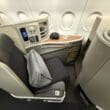
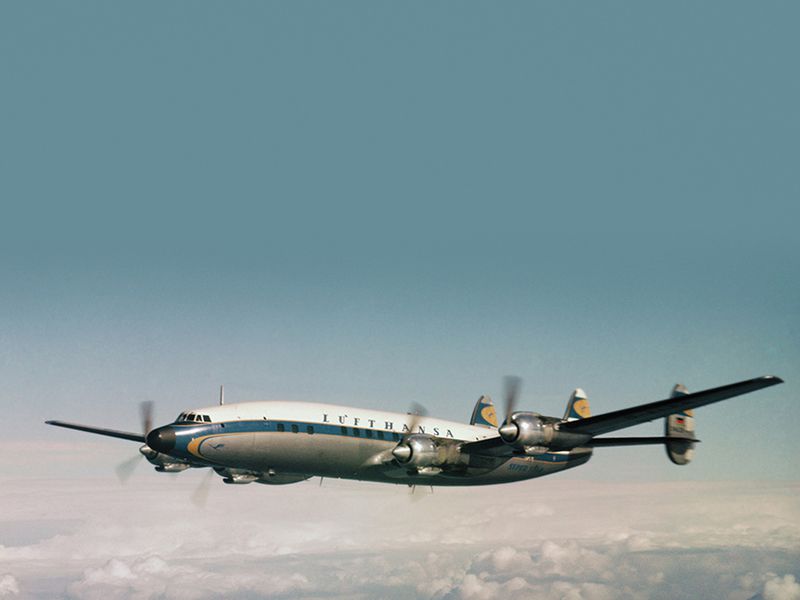



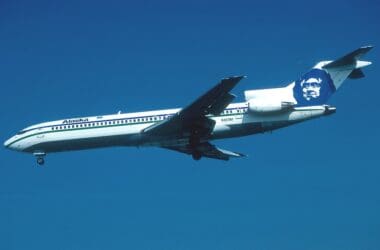
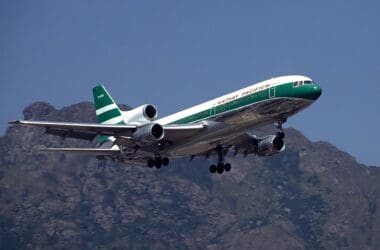
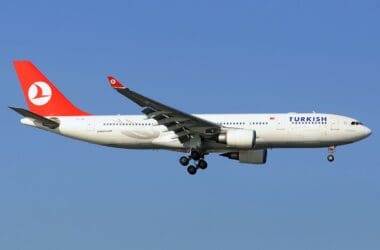
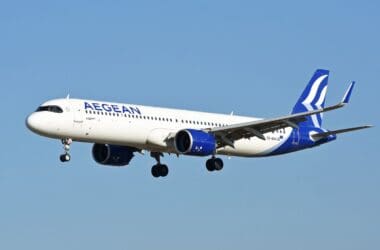

That is the L-1649A. My father, Louis Snyder, was the Flight Engineer on that project at the Skunkworks. He earned his aeronautical engineering degree at night, across the parking lots at the Pratt & Whitney Plant. He called it Pratt & Whitney University. Jim Campbell, retired Lockheed Marietta, can verify this. He was Eddie Rickenbacker’s last personal flight engineer. My mother, Florence, was Mr. Rickenbacker’s no-knock secretary after WWII. My father also taught Jackie Cochran and her flight engineer the Lockheed L-140 JetStar when she wanted to break world records. Mr. Campbell can verify this, also.
I should have stated that the JetStar was the C-140. Many of the previous versions had
L prefixes. My father also wrote the Performance Manual and the Flight Engineers’ Instructor’s Manual.
That’s wonderful to hear, he sounds like a really smart man!
Haha – I love how he called it Pratt & Whitney University! Both your father and mother sound like they really had some input into things back in the day. That’s really interesting stuff and they were responsible for working on some really iconic aircraft. Thanks so much for sharing that!
Probably the best known company pilot fir the connie was MR FISH. SAMON ,! LOST BOTH ENGINES,SAME SIDE, DEPARTING FROM BURBANK AND LANDED SAFELY AT VAN NUYS AIRPORT. HOW ABOUT ALL THE MILITARY VERSIONS,
Never heard of him, but found the Wikipedia article about him – https://en.wikipedia.org/wiki/Herman_Salmon – thanks for pointing that out. Sounds like he had an adventurous life. Regarding the military versions, I don’t cover that here and have zero knowledge about them as they just don’t interest me. Thanks for the comment!
TWA called their planes Jetstreams. As a kid living in northern NJ not far from NYC, I remember them droning along not very high overhead as they slowly gained altitude on their westbound flights.
I was reading an article about the first flight from Los Angeles to London and how they had to climb up slowly to 9,000 feet, stay there for quite a while and then eventually head up to their cruising altitude of 21,000 feet. A far cry from today, when it’s straight up to 28-40,000 feet and that’s job done. Those old props certainly have a different sound to the aircraft of today! When I was very very little I heard the odd one here and there.